2019 APPA
Delighted to win four Awards out of four print entries at the 2019 Australian Professional Photography Awards [APPA] by the AIPP. Established in 1963, AIPP promotes the profession of photography, enhancing the skill and knowledge of professional photographers. APPA is largest awards for professional print photography in Australia. A panel of five expert judges are looking for exceptional images that inspire and impress: images that exhibit visual and emotional impact, innovation and creativity. APPA is awarding prints that demonstrate excellence in skill, craftsmanship and conceptual development of an idea.
Woman on a Tree is an exploration of opposing forces: life and death, young and old, power and vulnerability, soft and hard. Its pertinence lies in the symbolism of contradictions. Contradictions are all around us. Humans continue to exploit and overwhelm the natural environment with industrial pollution despite global warming, and its ever present impact on earth. The dead tree, scarred from fires, represents mother nature’s vulnerability to the forces we inflict upon her. I explore the paradox that humanity needs trees to live, yet we keep cutting them down. Despite the beautiful environment being subject to incessant abuse, western society considers itself to be thriving, ignorant to greater issues. The interaction between the human form and the tree is like a love dance. An intimate moment, where the body caresses the tree and with that, offers a gentle apology, a moment of compassion. Humans can empathise with nature’s scars. We have scars too. Some are visible and others are hidden: scars from neglect, abuse, addiction or violence. We have the power to conceal our scars yet the tree is forever exposed. This woman is bare, reflecting the state of the tree. Demonstrating that despite paradoxical contradictions which taint our relationship with earth, we can still find comfort, as she does here. Comfort in one’s skin and comfort in the company of nature. The story that accompanies this piece invites the viewer to reflect on their own identity politics, creating a moment to contemplate our complex relationship with nature. I depict the woman in her most natural state, one with nature. By embracing the human form in all its glory and portraying the woman and tree side by side, it is my vision that the viewer embraces nature as a precious ephemeral organism that needs to be cherished and protected.
”I was diagnosed with grade 3 aggressive breast cancer in January 2016. My family has the BRCA1 mutation. Each child of a carrier has a 50% chance of inheriting the gene and each carrier has extremely high risk of cancer. Five of my six great aunts died of cancer by their forties. I had four different chemotherapy drug treatments as well as radiation treatment. Luckily, I had a positive response to treatment and the 5 cm tumour was totally destroyed. I underwent bilateral mastectomy with a two phase silicon reconstruction as well as a total Salpingo-oophorectomy. I also had a hysterectomy surgical operation to remove my uterus. Knowing I have beaten what by nature ought to have been certain death, gives me a sense of immediacy and urgency in life. There is no sense in waiting or hesitating because there is no guarantee of tomorrow!”
This image represents drought. Climate change has brought drastic changes to many regions on earth. Global warming is causing severe drought. Huge areas that were once fertile are no longer suitable for agriculture. Millions of people are already impacted by these catastrophic changes. A deadly civil war in Syria has erupted when the government decreased the allocation of irrigation water to farmers. Vast regions in Iran are no longer cultivated and the population is helpless. They cannot grow any fruits or vegetables. The earth is dry and so is the woman’s skin, both are cracked. The woman is bare, she is completely exposed – just like our land. This is a desperate call to stop the devastating impact of industrial pollution on our planet.
Paul Gilbert – Bare Truth
“I am due to be 65 years old (New Zealand’s retirement age) in early December 2019. I have a very aggressive cancer and am in palliative care after two chemotherapy rounds and a failed drug trial. I’m hoping to stay well enough to make that date or better. I have been a “dead man walking” since a burst colon tumour nearly took me out with septicemia, and that certainty transformed and tested my philosophical outlook. I have been very surprised that my previous lip service to my beliefs have now actually been tested and find me in a very rich part of my life. My collateral has always been in relationships, not cash currency and I’ve found this never devalues. Indeed I’m overwhelmed by the support and love returning my way from family, friends and acquaintances, much of it from the many wonderful people working in this often devastating area of care. I have never been more relaxed in my attitude to life and am sensitive to the fact that my calm demeanour attracts simple smiles, gifts and shared enjoyment. Likewise, my forthright opinions and dark humour are often very challenging, but go figure? Why blues music?
Tunnelling down to try to fathom this wonderous shift has not revealed any deliberate or constructed effort. I will take this gift and, while my quality of life is medically managed, try to maintain my voluntary activities with Hospice and elsewhere the need is felt.
Born in a relatively impoverished inner-city suburb with a fabulous mixed ethnicity, I enjoyed primary and intermediate school with good if challenged teachers and a great local library. During my parents’ discord and break up, books were my refuge. It was a household of drink and violence from my father, deep love and sacrifice from my mother.
My life has been strongly influenced by necessity and responsibility. Healthwise I have been free, by and large, of injury or disease and that has allowed me to spot the gap and with some tantalising risk, embark on photographic and maritime adventures when responsibilities lessened. Of course we navigate much of our life with youth’s immortal horizon. I used to say I liked the sound of deadlines whistling by, but no more.
My siblings and I lost our mother to high blood pressure, stress, and little available support, when I was 17 years old. With an absent father, and having just started work, I supported my younger brother and sister through their secondary school years. We ate well on very little because of a socialist food co-operative. My philosophy was forming along with a period of intense and at that time obscure soft-style martial arts training with a weighting toward meditation and energy integration. I have always been grateful that mum passed on her interest in photography, which, at age 7, along with a boat trip, cemented two combined lifelong passions. I have lived aboard yachts, photographed them, and enjoyed that wonderful lifestyle that our sparkling waters provide.
I progressed to a series of technically skilled high-end jobs including teaching. Although low paid these jobs allowed for a parallel passionate development in personal documentary and fine arts efforts. Maintaining an active exhibiting profile fell to one side due to financial constraints. The work however, which is always primary, has continued unabated, if unrecognised, in the fine arts arena. I’m currently looking to house my marine archive.
I became a solo parent to my two year old son after completing a documentary project. He returned to his mother at age 12 and then moved to Australia when he was 17. I have a daughter from a subsequent relationship, access to whom was very sadly limited. I have been recently blessed by Eamonn and Laura gifting us a grandson. Life is a circle.
I am currently very busy trying to organise things for my passing, to save anguish for my loved ones in the rather unknown time ahead. The time feels short, the list long. I’m planning a “Way out Party” to gather with and enjoy my friends and family as soon as is practical, to help them ease into their grief process in a face+to-face farewell, with laughter, ribald stories and much love. Boats will play a part in my crossing the bar.
My very unconventional urn will reside under Mum’s memorial tree, planted by Bruce, Linda and myself when I turned 50 years old. The tree overlooks my wondrous Hauraki Gulf and its islands from above the bay where I lived aboard my yacht for eight years. Traumatised by Mum’s early death it was devastating many years later to return to the cemetery and find they had lost the ashes. The now 3m high tree and its simple bench and plaque, is a place to stand, rest and remember. I am very happy with these arrangements.
Enough of that rough sea!
Being a photographer, I rarely am caught north of the lens hence my appearance here as a record. What have I learned about Photography? Only two things matter:
1. It’s where you stand
2. It’s when you trip the shutter Practice refining this for as long as possible.
Add a decent amount of saltwater. Mix well. Enjoy the Journey.”
Embracing

Bronze Award for Embracing in the Portrait category of the 2020 Rise Photography Awards & Acceptance at 2020 PSNZ National Exhibition, Open Print
“…In the context of the 21st century, it is difficult to make an artistic statement in the medium of nude photography, given the proliferation of pornographic imagery – which has tainted the artistic subject in the perception of most viewers, limiting the opportunities to exhibit or publish artistic nude images.
In presenting this series, I offer an opportunity to contemplate and appreciate the juxtaposition between human and nature: soft flesh and harsh environment; life and stillness; white and black. The use of monochrome emphasises the nude shape and form, removing distracting elements to ensure that you focus on the beautiful feminine body language. These photographs portray powerful and independent women who are depicted through fresh, inspiring and original artwork.”
Editor’s comment: Composed and lit with such care and attention, this image is a strong indication of the level of skill and dedication the photographer applies to their work. A blend of fine art, contemporary portraiture and iconography, this image is both arresting and subtle, and it would be interesting to see how the style and narrative unfolds across a full series. – Life Framer THE HUMAN BODY Editor’s Pick
Balck & White Spider Awards Nominee – Drought
CONGRATULATIONS on being a Nominee at the 13th Annual Black & White Spider Awards with Drought
6,404 entries were received from 77 countries and your work received a high percentage of votes overall. Certainly an achievement, well done!
The Jury represented the industry’s biggest names and tastemakers including Penguin Random House, London; Contrasto Galleria, Milan; Young & Rubicam, Lima; Harper’s Bazaar, UK; Victoria Film Festival, Canada; Aeroplastics Contemporary, Brussels; Silvan Faessler Fine Art, Zurich; Time Inc., London; Galerie Hubert Winter, Vienna; Conny Dietzschold Galleries, Cologne; and Fratelli Alinari Photography Museum in Florence who reviewed the entries online before making their nominations and honoring 692 title awards and 952 nominees in 32 categories. The Awards could not have wished for a better group of professionals to work with.
Dry Earth
This image represents drought. Climate change has brought drastic changes to many regions on earth. Global warming is causing severe drought. Huge areas that were once fertile are no longer suitable for agriculture. Millions of people are already impacted by these catastrophic changes. A deadly civil war in Syria has erupted when the government decreased the allocation of irrigation water to farmers. Vast regions in Iran are no longer cultivated and the population is helpless. They cannot grow any fruits or vegetables. The earth is dry and so is the woman’s skin, both are cracked. The woman is bare, she is completely exposed – just like our land. This is a desperate call to stop the devastating impact of industrial pollution on our planet.
The Scholar
This classic portrait of a man was taken in the big La Trobe Reading Room in Melbourne State Library Victoria. It was established in 1854 as the Melbourne Public Library, making it Australia’s oldest public library and one of the first free libraries in the world. The Library’s vast collection includes over two million books and 350,000 photographs, manuscripts, maps and newspapers, with a special focus on material from Victoria, including the diaries of the city’s founders, John Batman and John Pascoe Fawkner, and the folios of Captain James Cook. It also houses some of the original armour of Ned Kelly. The landmark Domed Reading Room was opened in 1913, and was designed by Norman G. Peebles of Bates Smart. Its octagonal space was designed to hold over a million books and up to 600 readers. It is 34.75 m in both diameter and height, and its oculus is nearly 5 m wide. The dome was the largest in the world on completion.
Portrait of Humanity
Delighted to have my photo ‘Man with a leather jacket’ published in Portrait of Humanity. This is a hardcover book by the publisher of The British Journal of Photography, in partnership with Magnum Photos, containing 200 portraits taken by photographers from 65 countries. The book celebrates global citizenship at a time of great instability. It serves as a timely reminder that despite our many differences, we are able to unite as a global community through the power of photography and to create a collaborative photography exhibition. Portrait of Humanity is a celebration of our shared values: individuality, community and unity. The photos show us the world, documenting the universal expressions of life; laughter, courage, moments of reflection, journeys to work, first hellos, last goodbyes and everything in between. Funny, revealing and often moving, the faces and stories show that we are all wonderfully unique, yet at the same level, deeply the same…
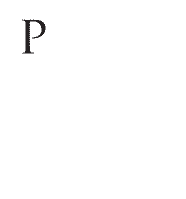

 (c) Ilan Wittenberg
(c) Ilan Wittenberg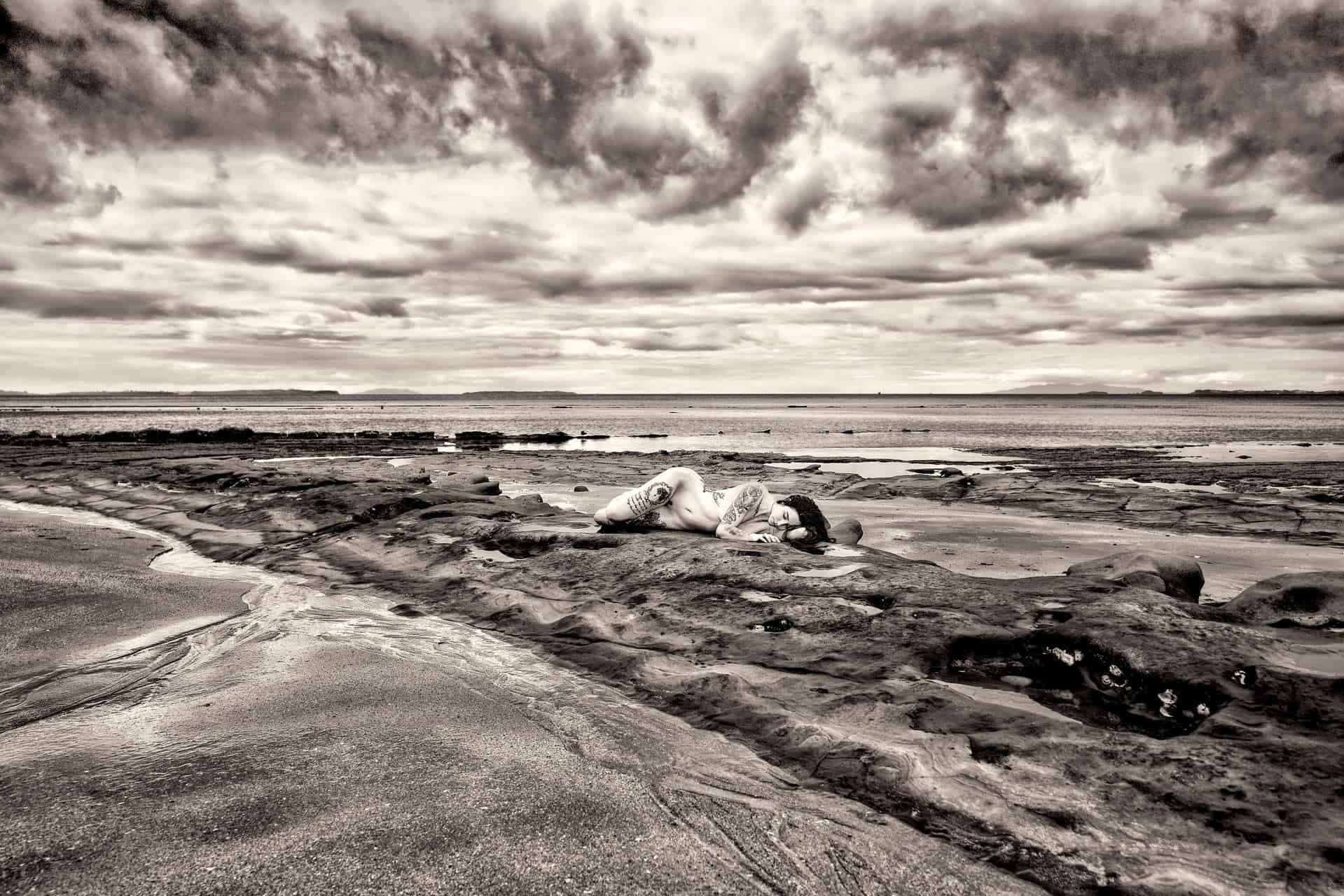
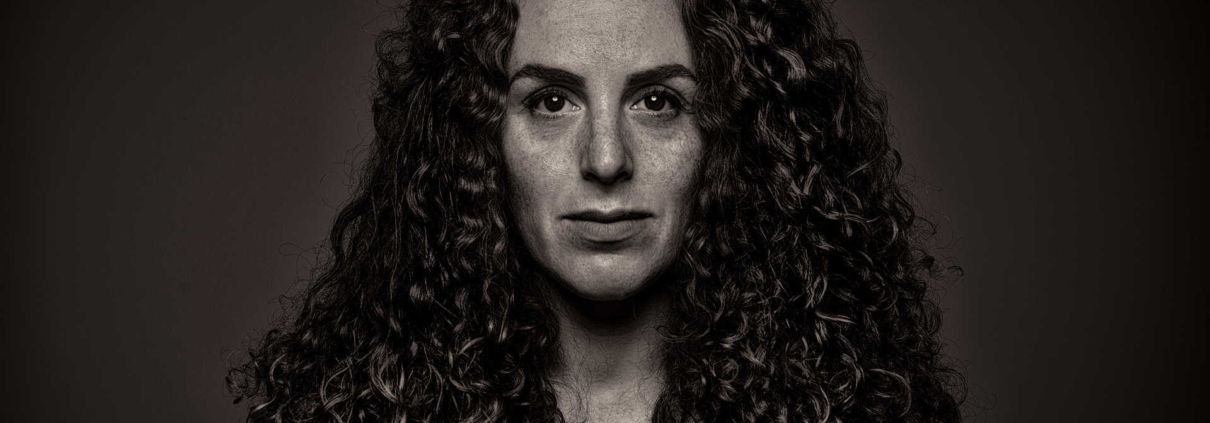 (c) Ilan Wittenberg
(c) Ilan Wittenberg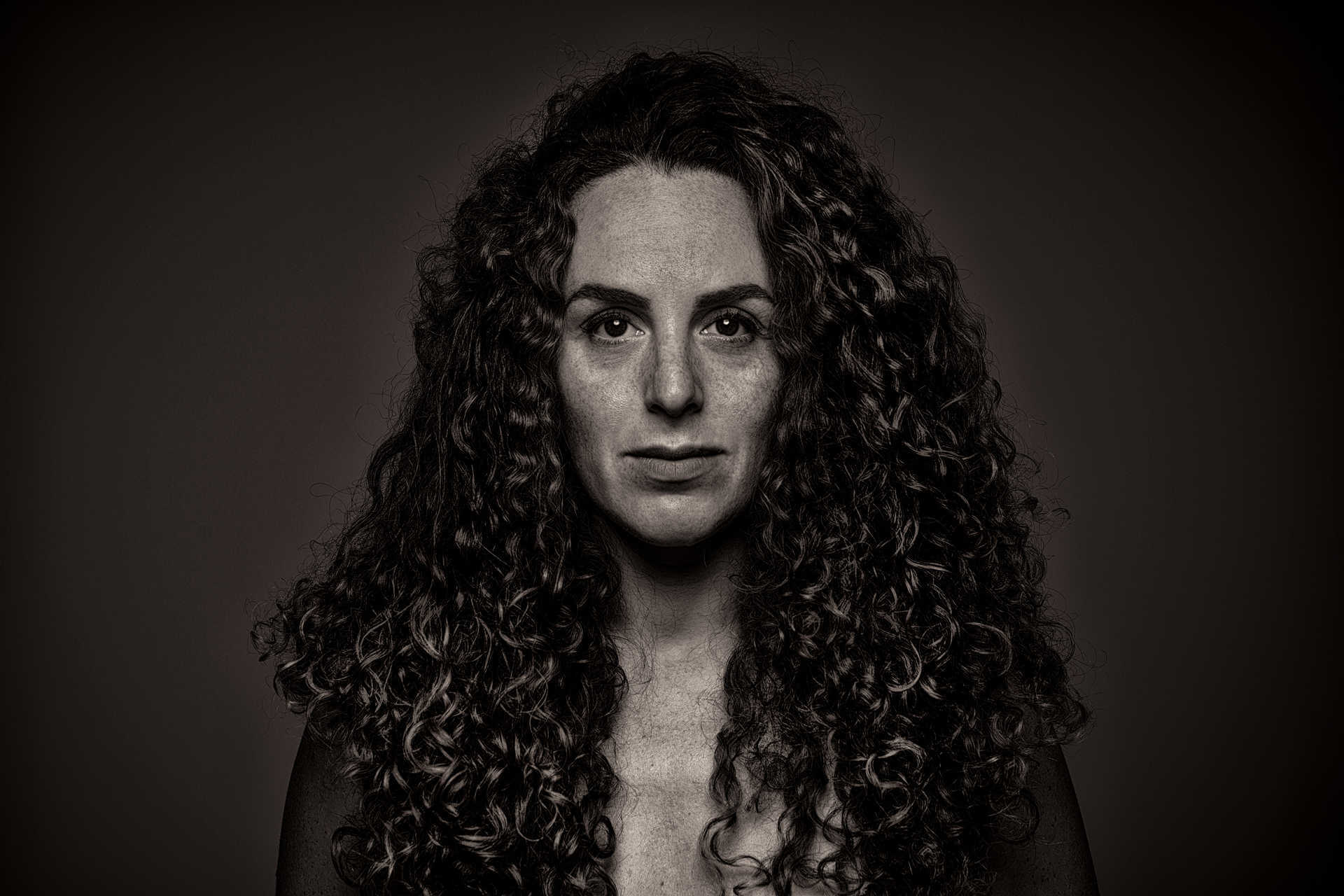
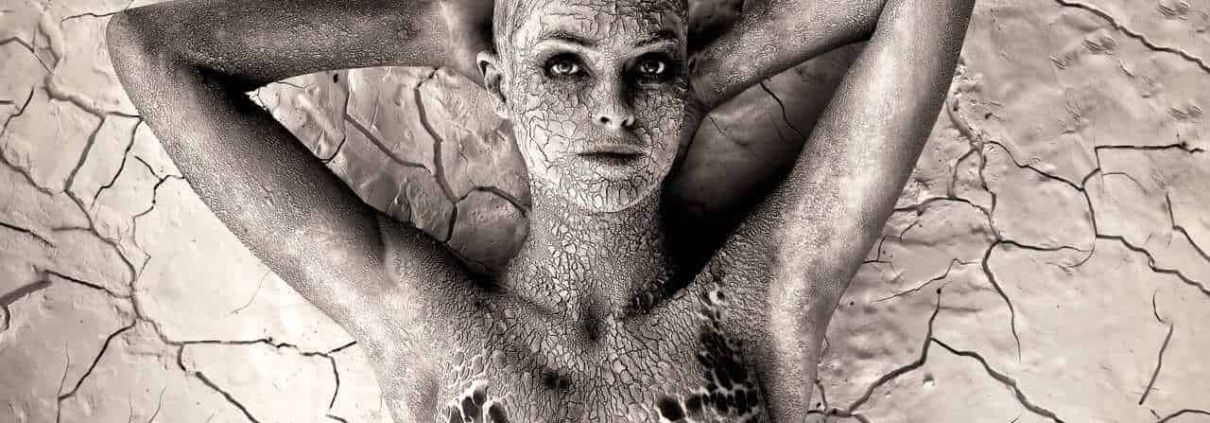 (c) Ilan Wittenberg
(c) Ilan Wittenberg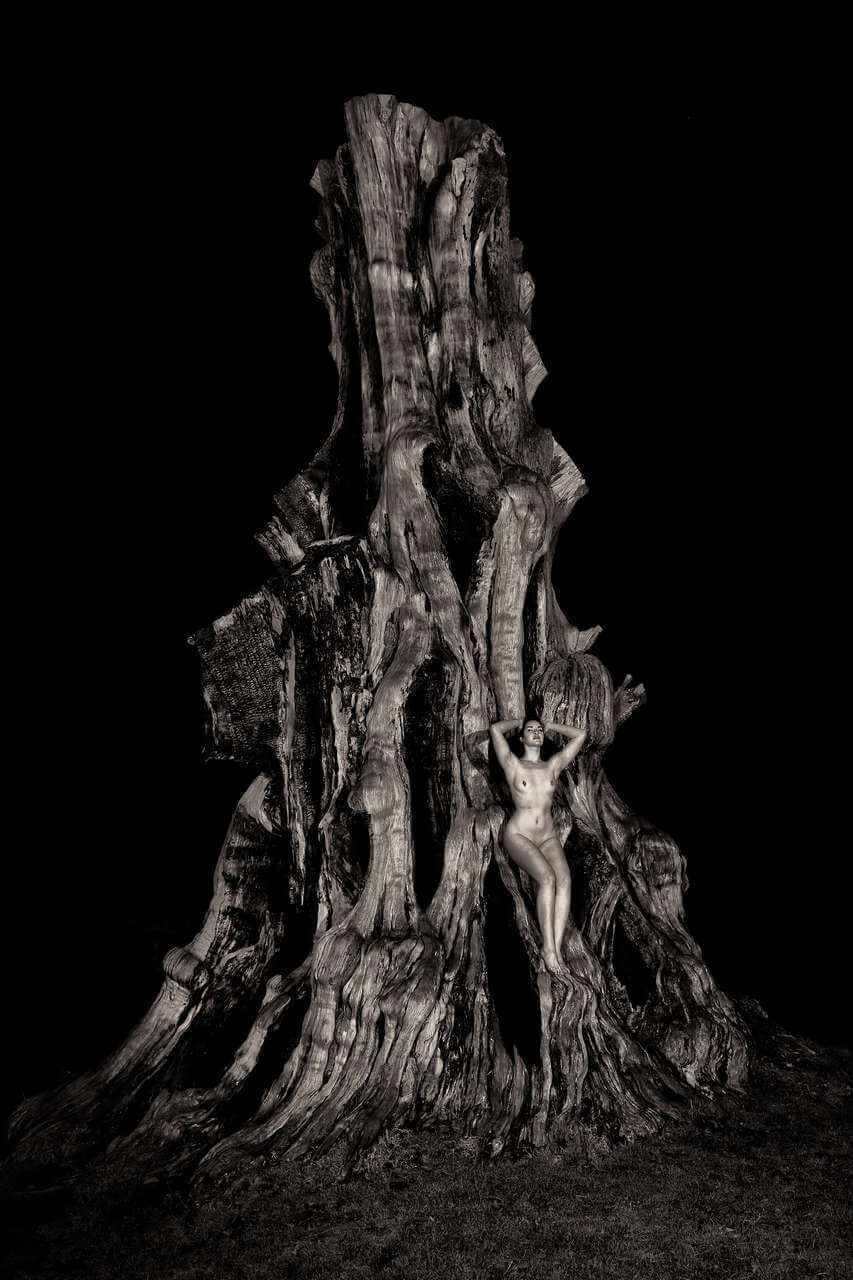
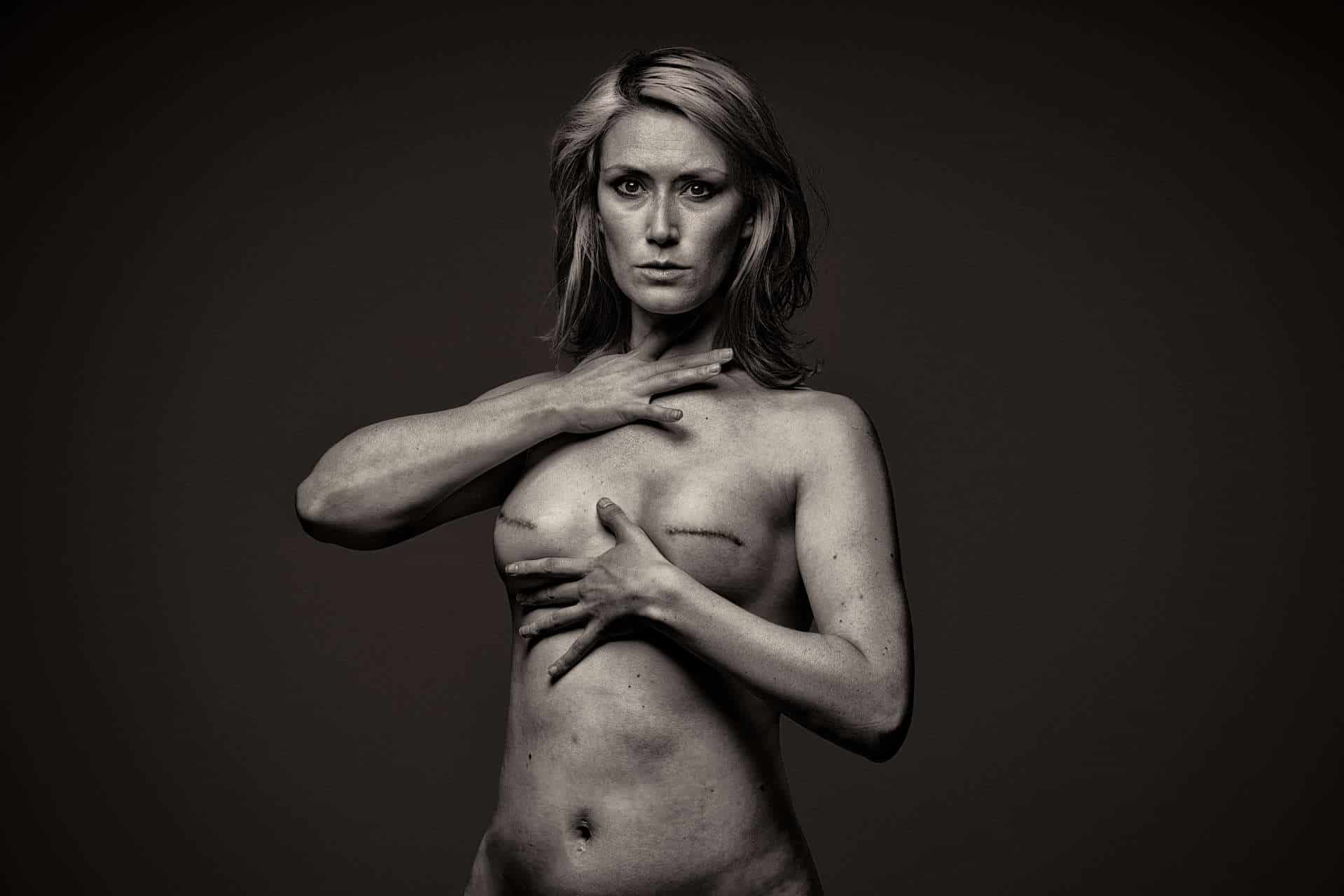

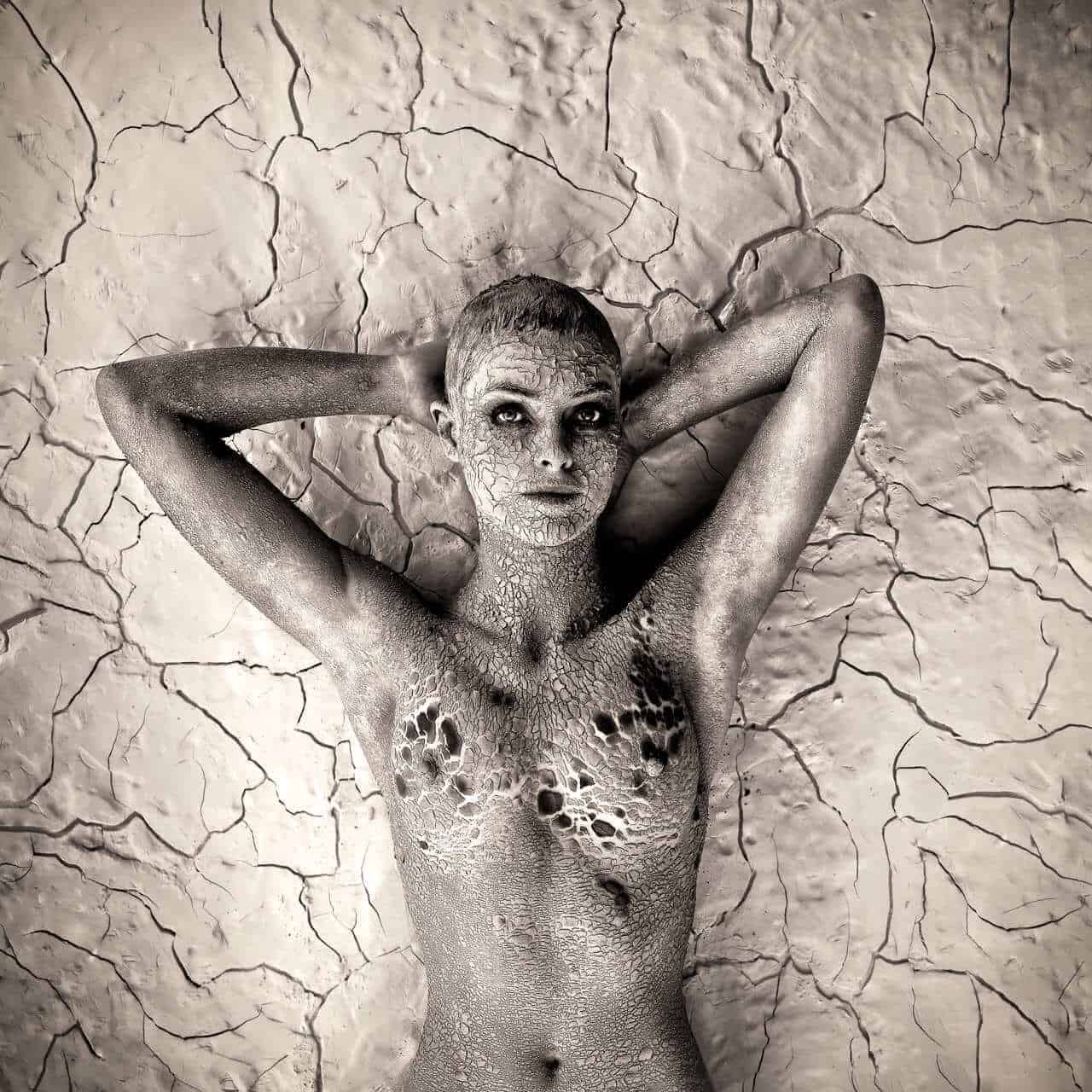
 (c) Ilan Wittenberg
(c) Ilan Wittenberg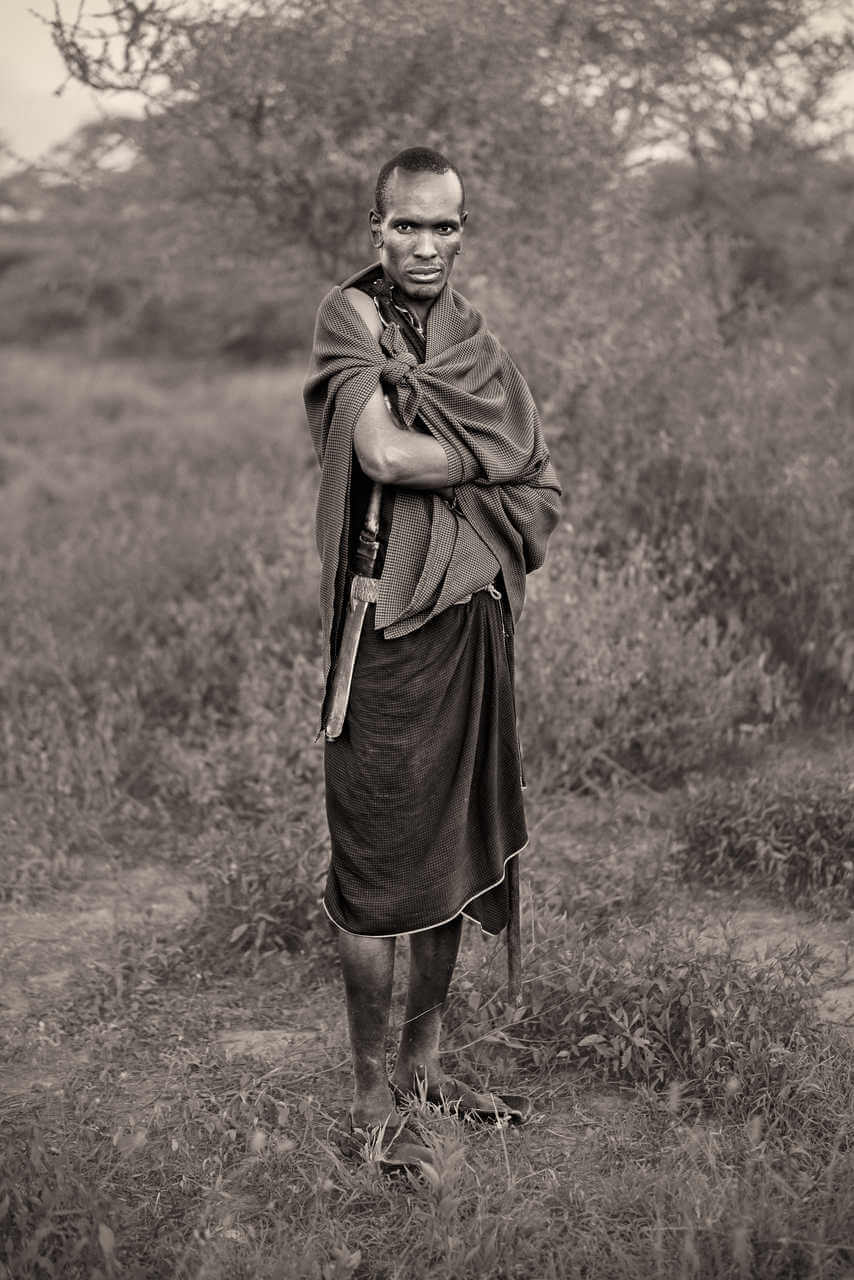

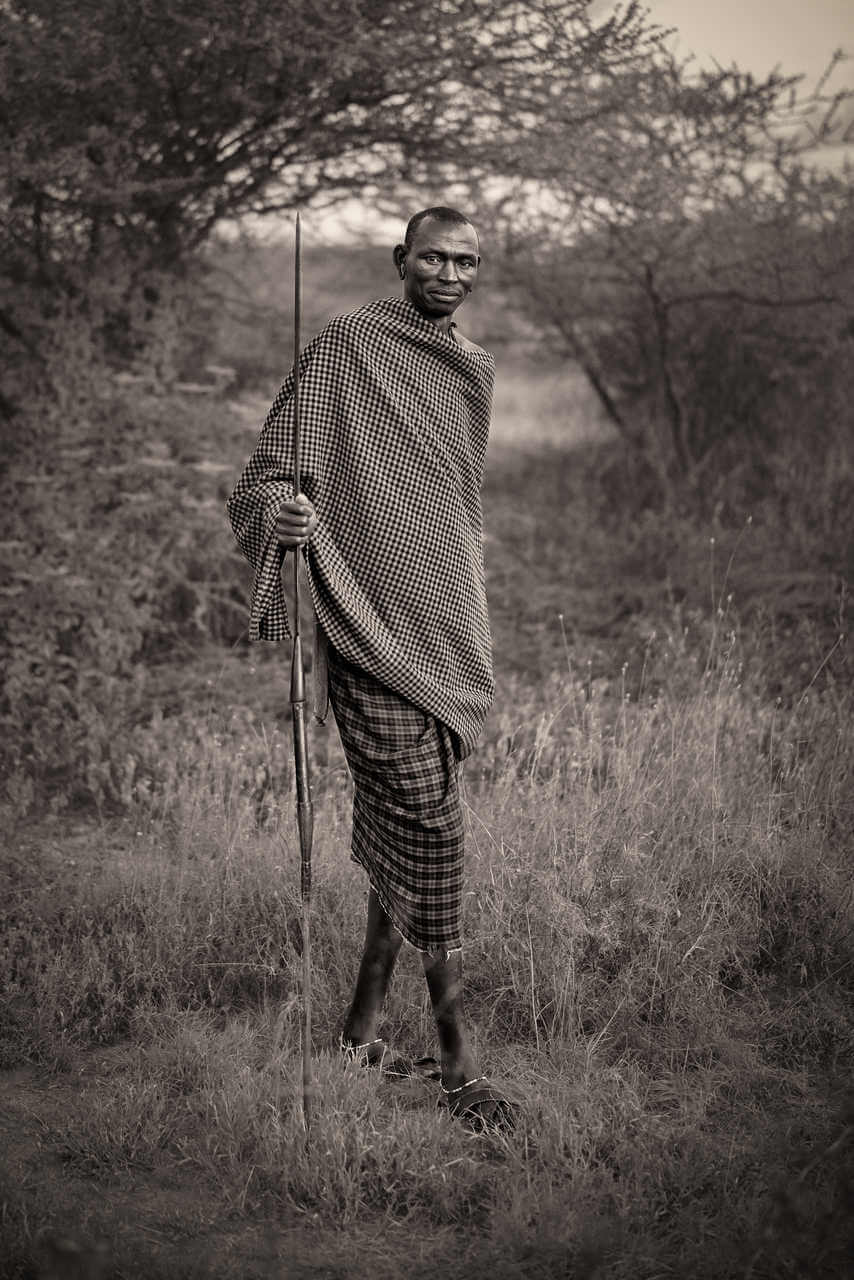
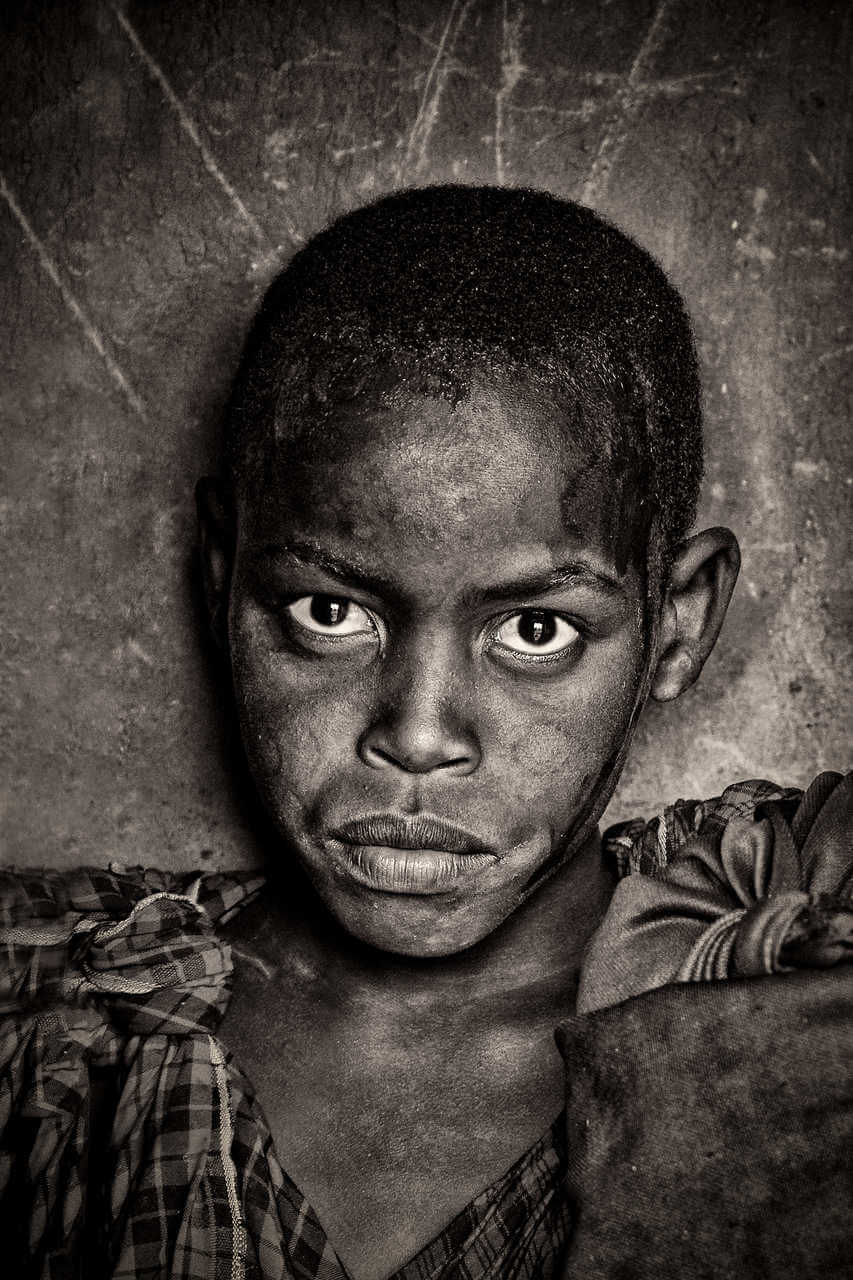

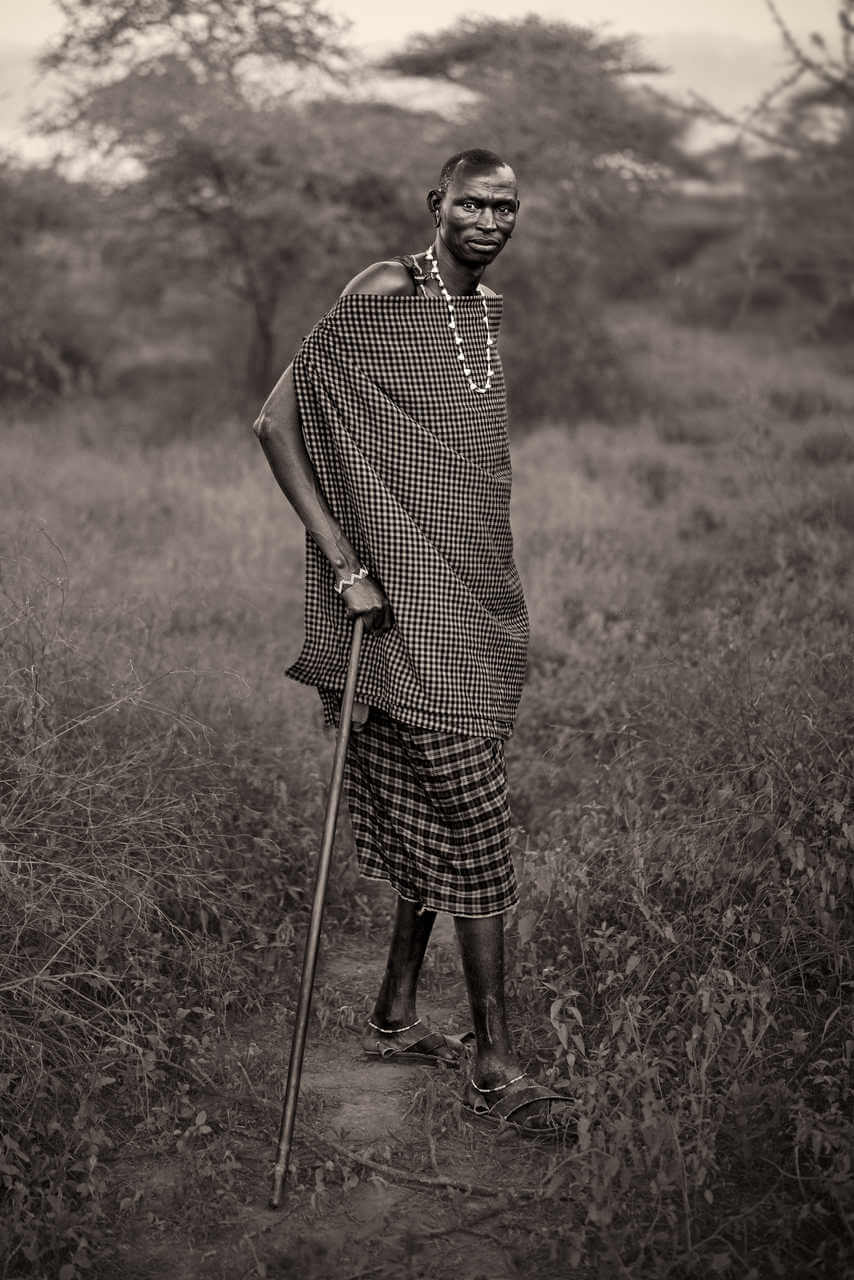
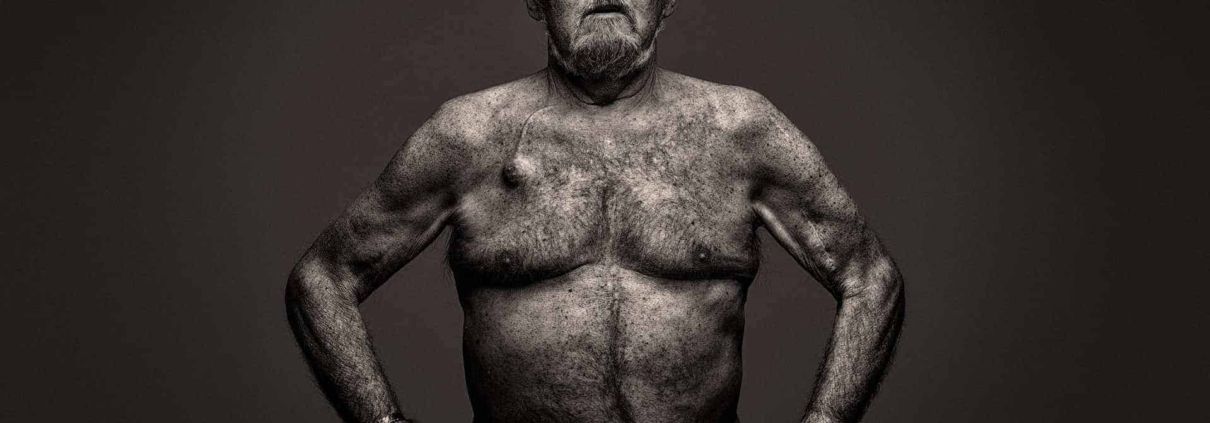 (c) Ilan Wittenberg
(c) Ilan Wittenberg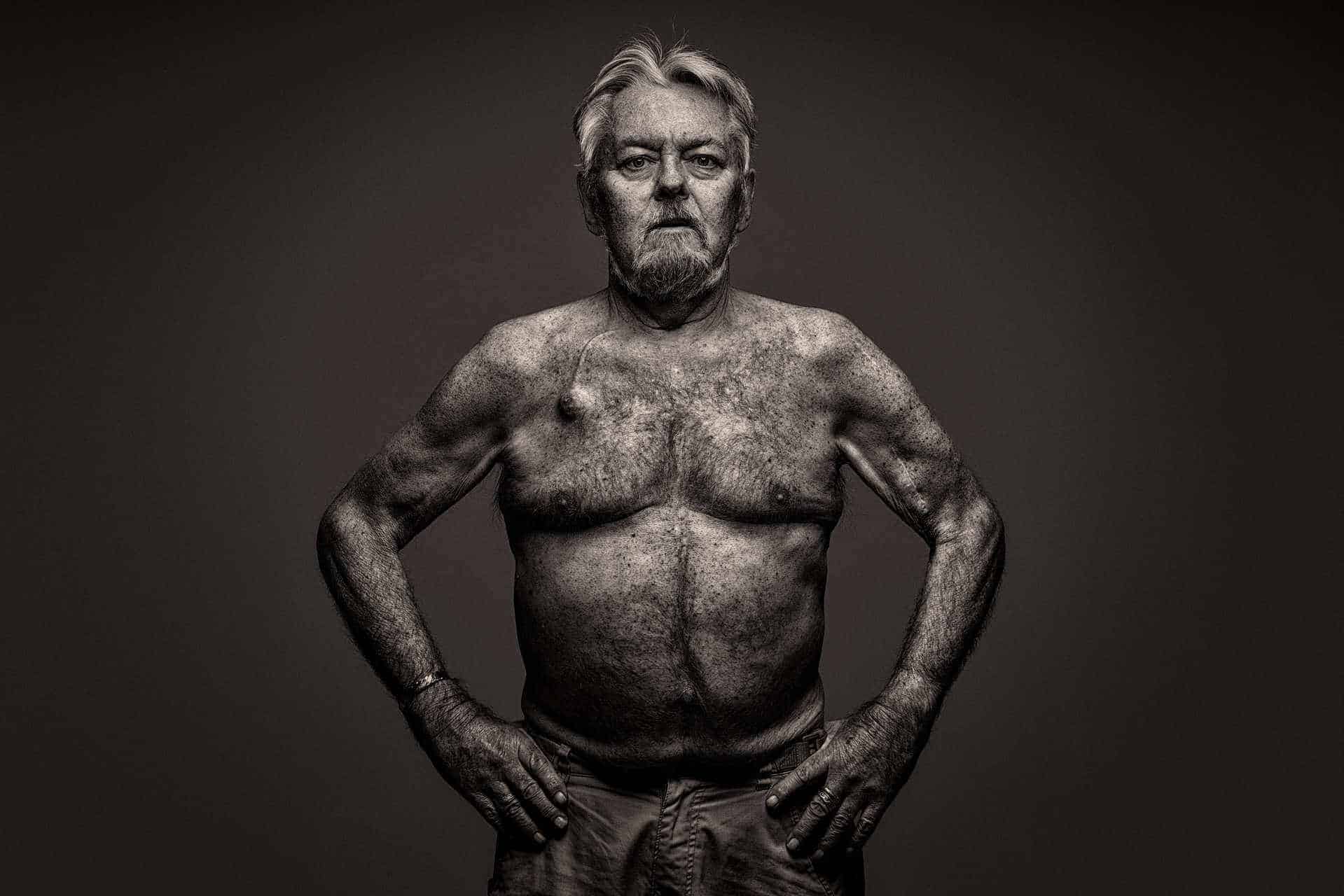


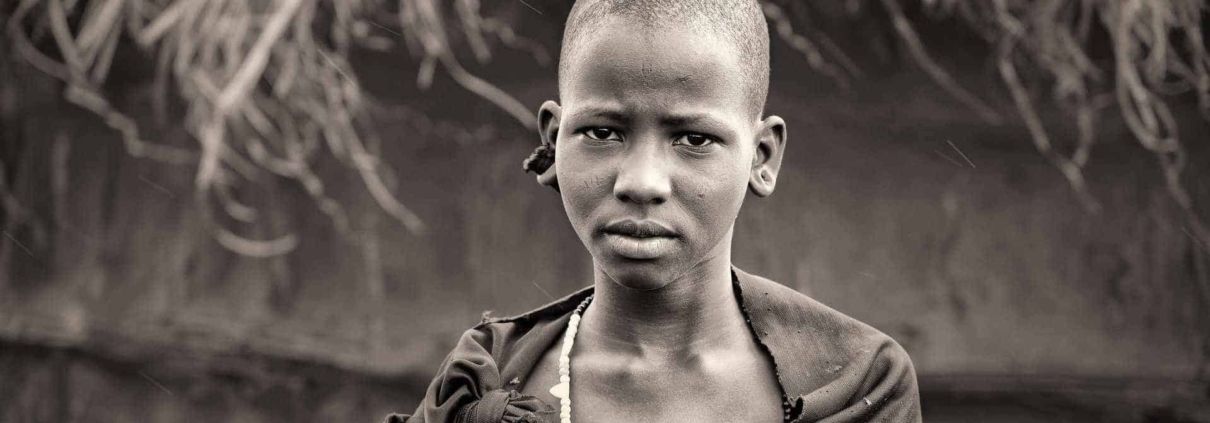 (c) Ilan Wittenberg
(c) Ilan Wittenberg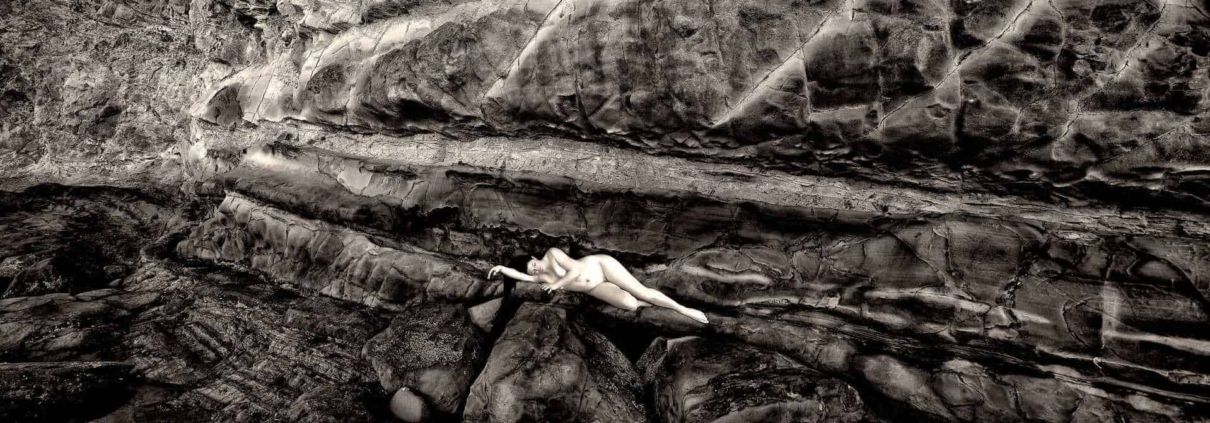 (c) Ilan Wittenberg
(c) Ilan Wittenberg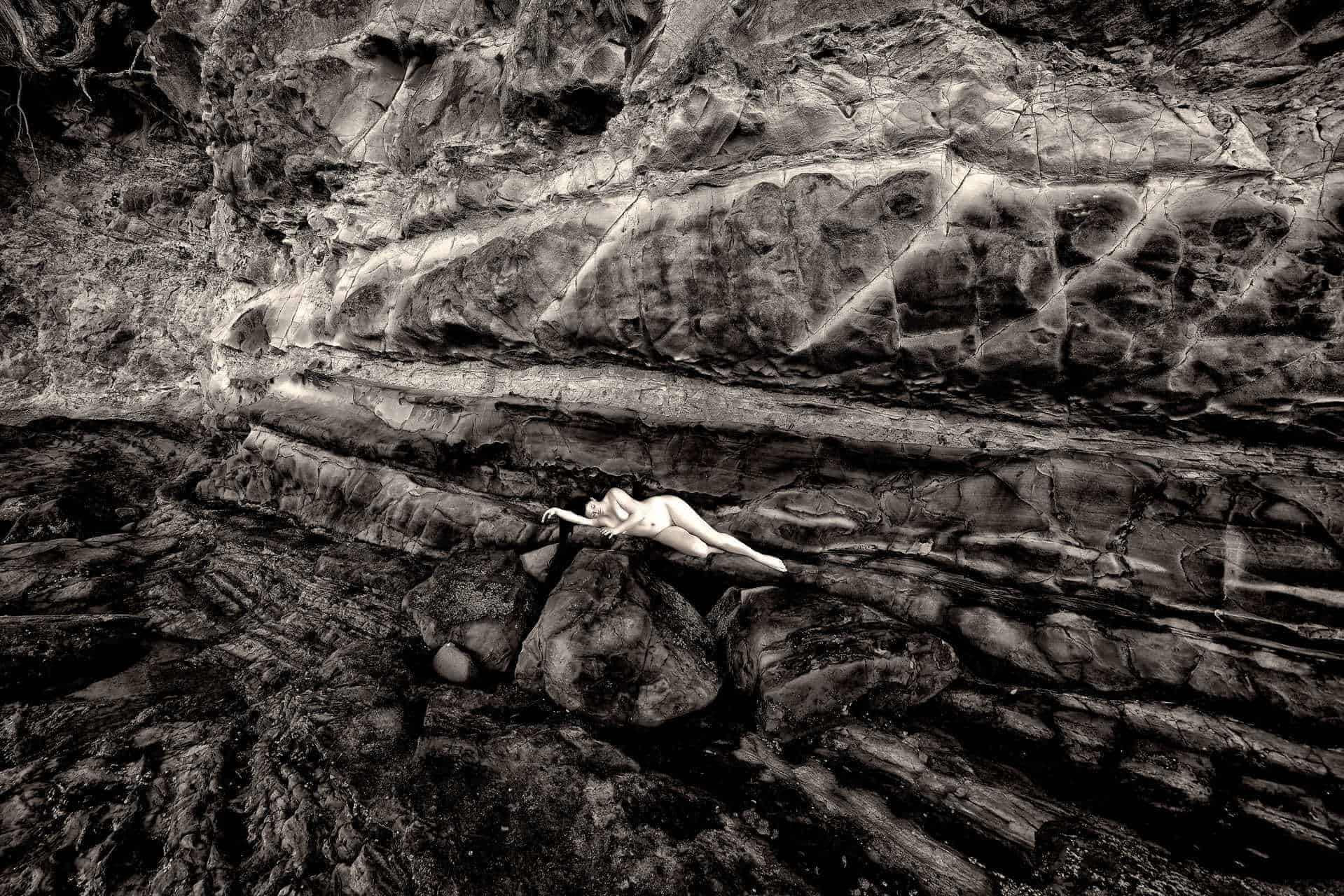
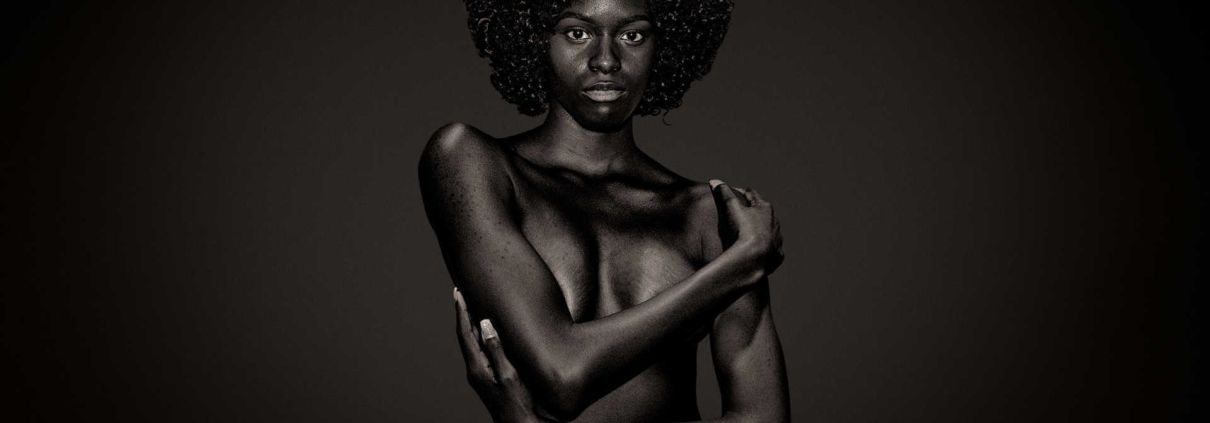 (c) Ilan Wittenberg
(c) Ilan Wittenberg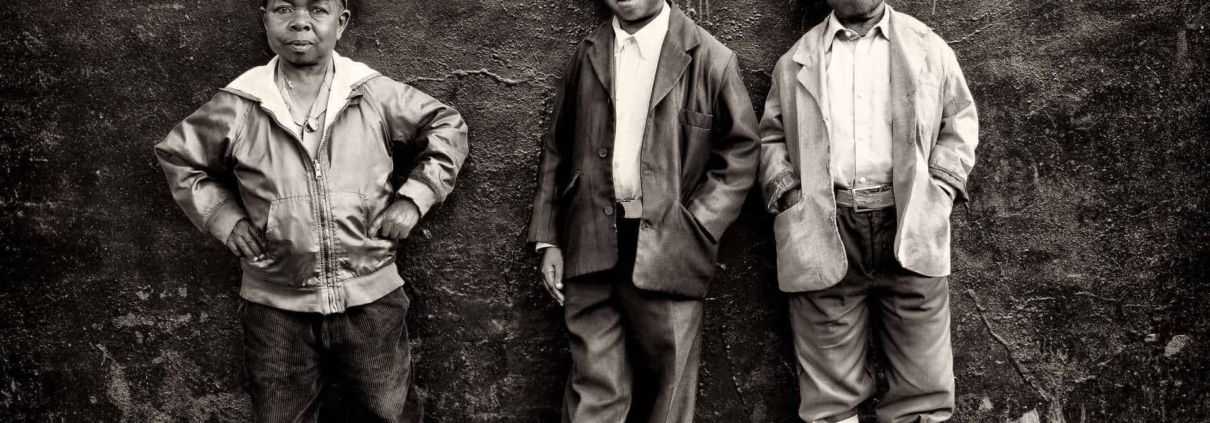
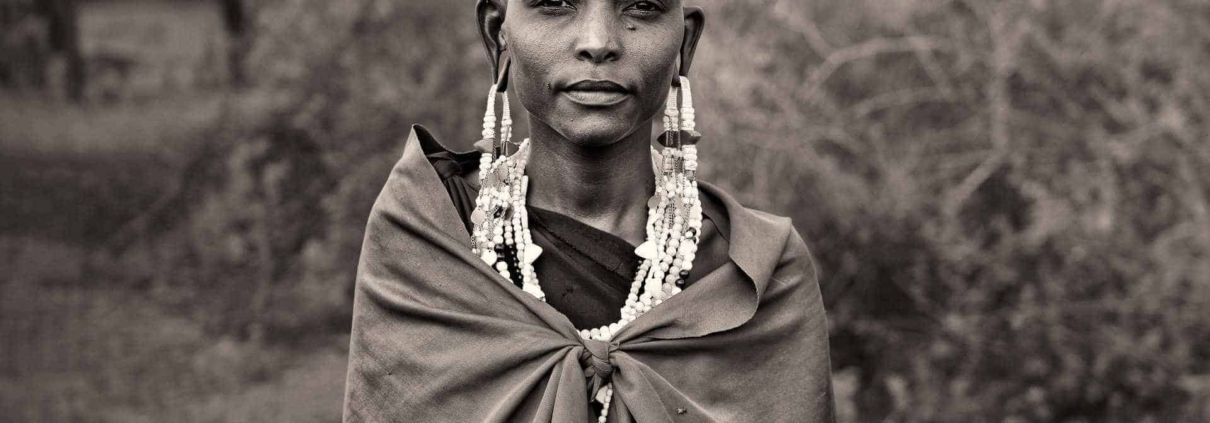 (c) Ilan Wittenberg
(c) Ilan Wittenberg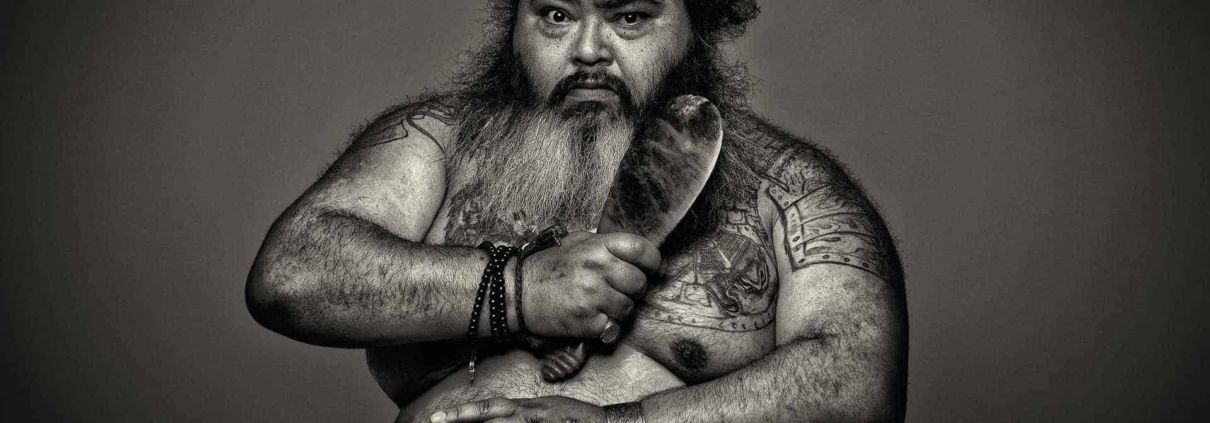 (c) Ilan Wittenberg
(c) Ilan Wittenberg

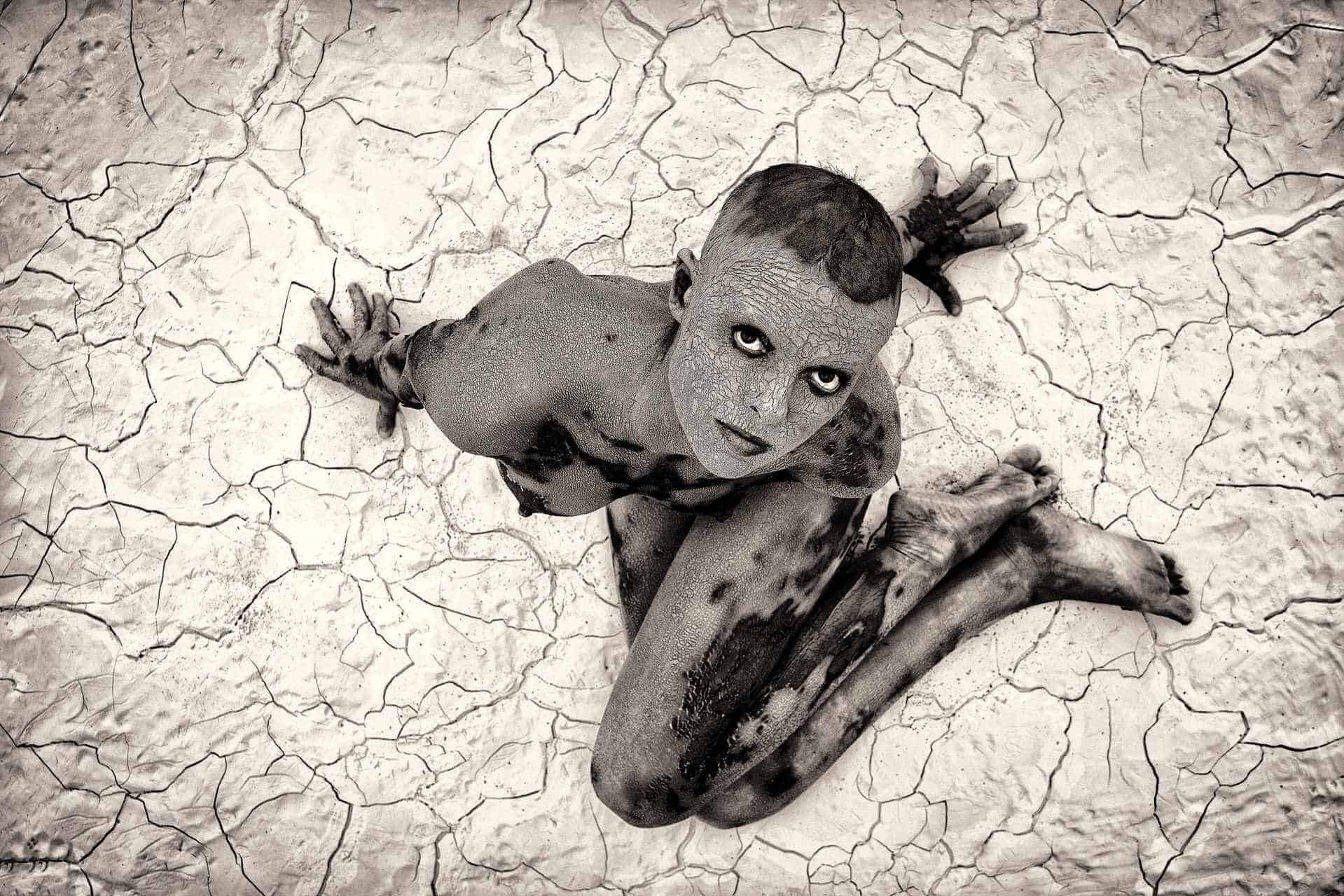

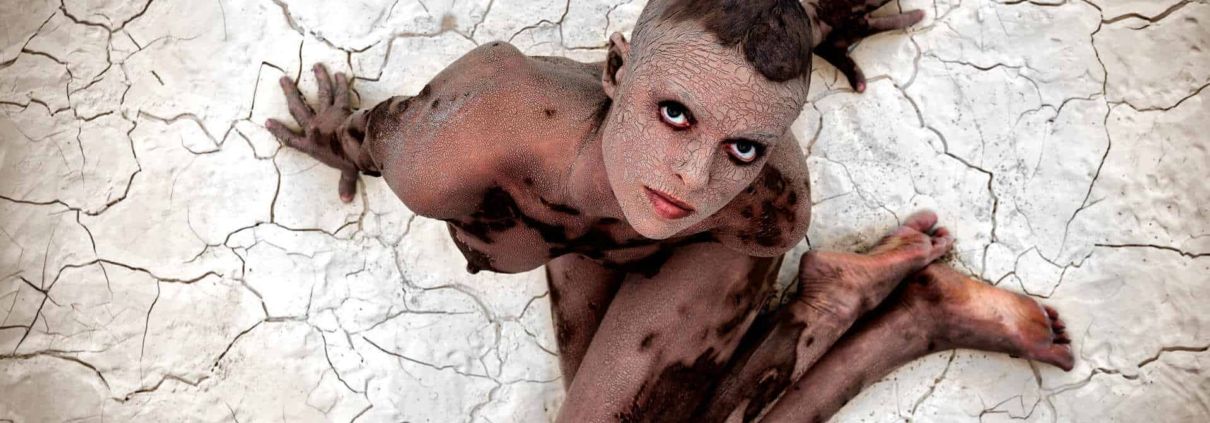 (c) Ilan Wittenberg
(c) Ilan Wittenberg
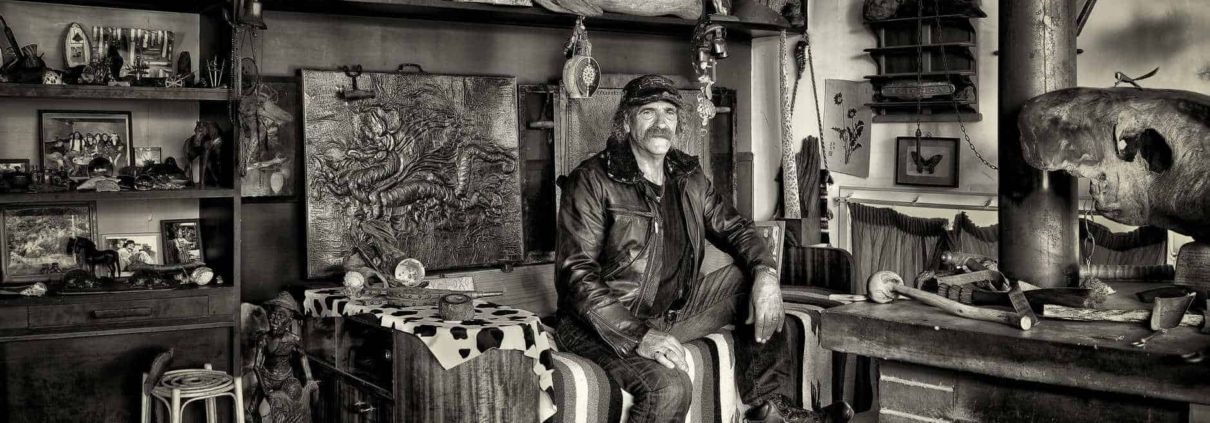 (c) Ilan Wittenberg
(c) Ilan Wittenberg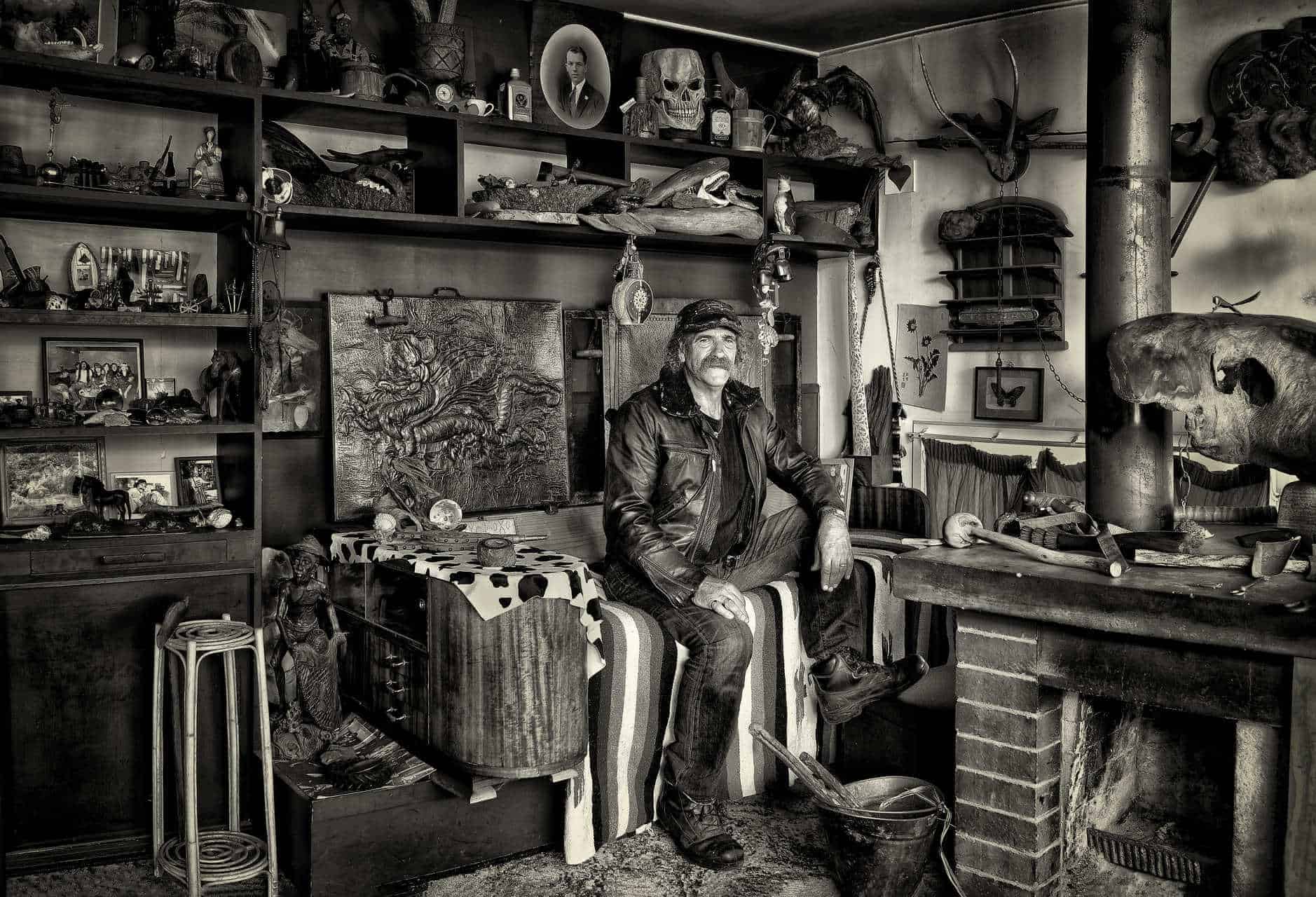
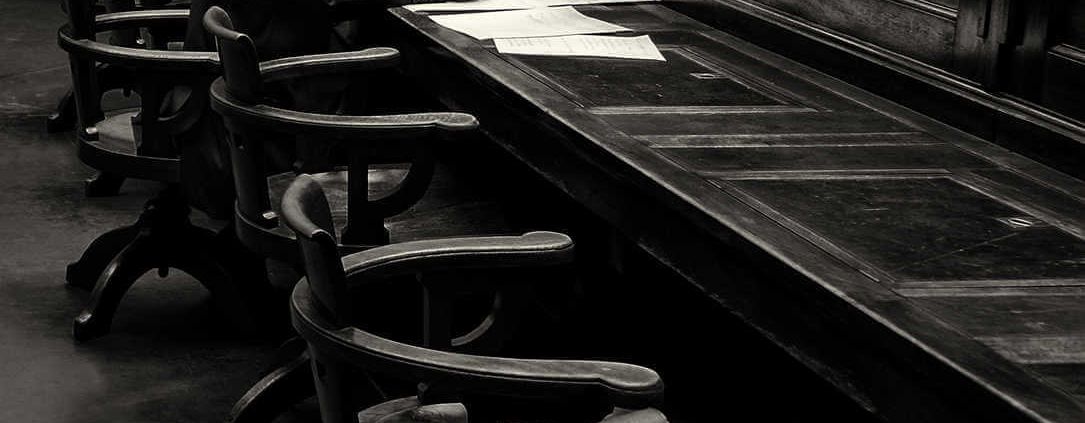 (c) Ilan Wittenberg
(c) Ilan Wittenberg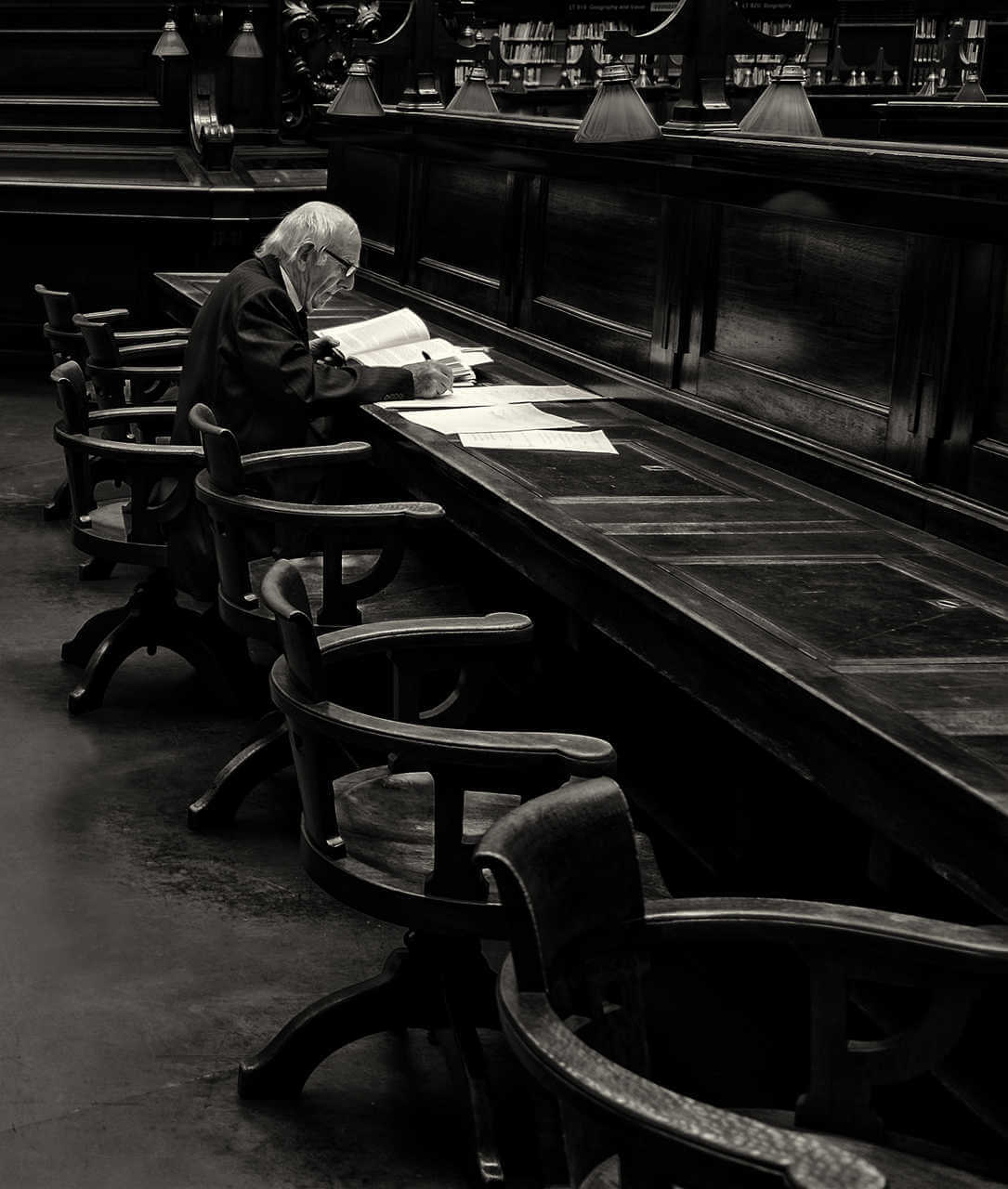
 (c) Ilan Wittenberg
(c) Ilan Wittenberg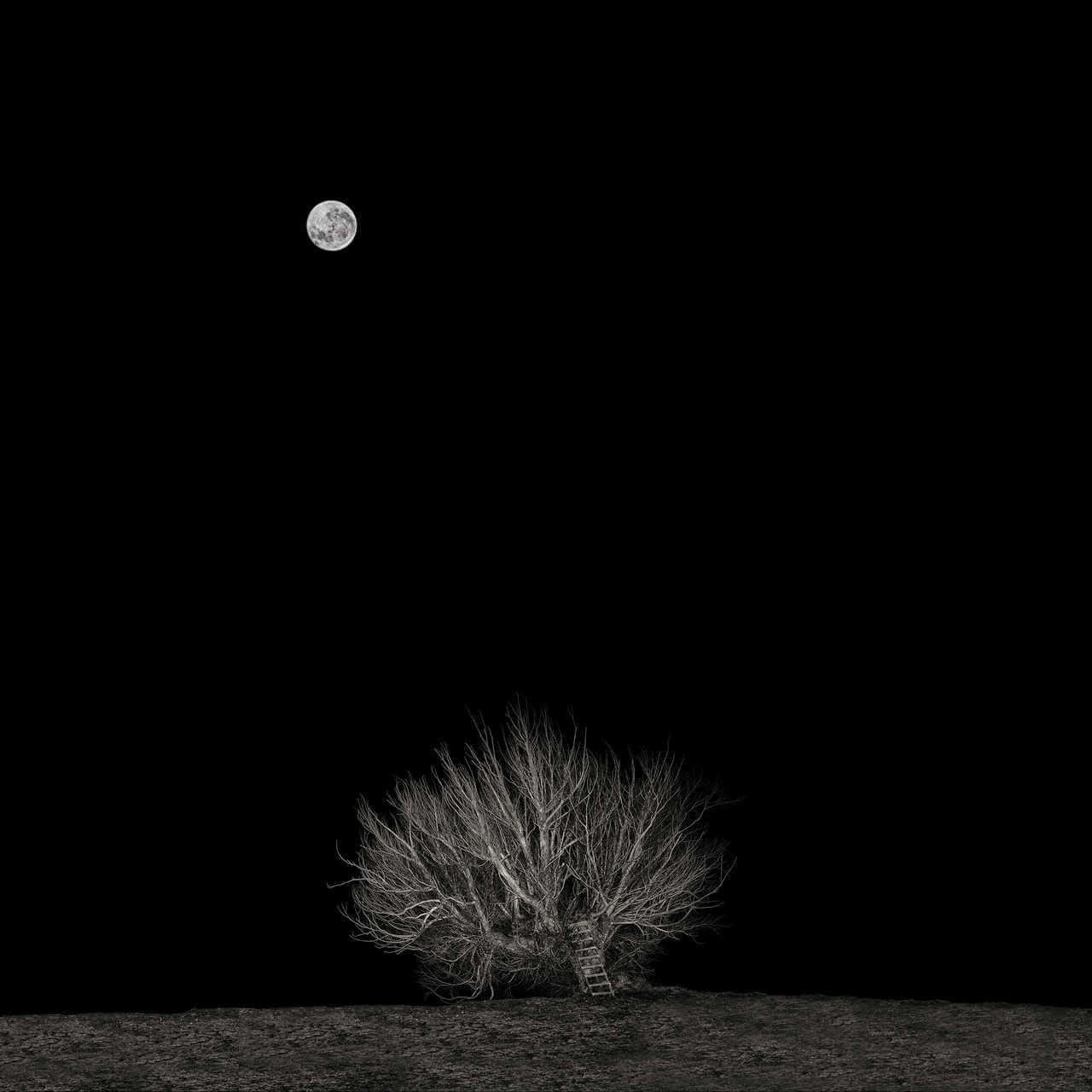
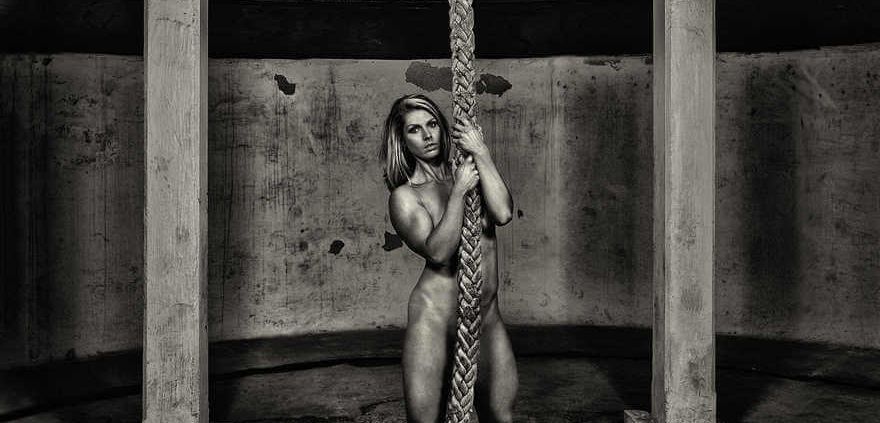 (c) Ilan Wittenberg
(c) Ilan Wittenberg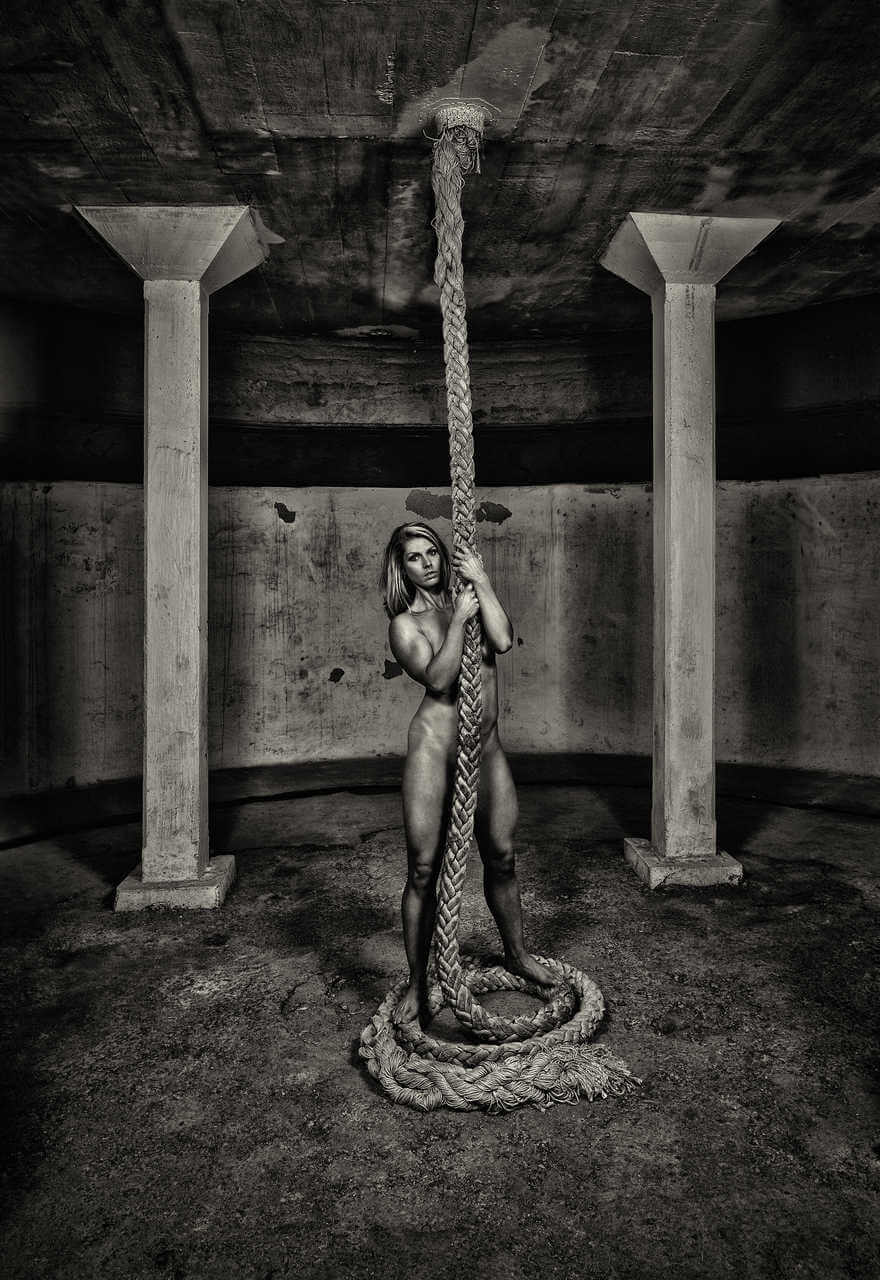
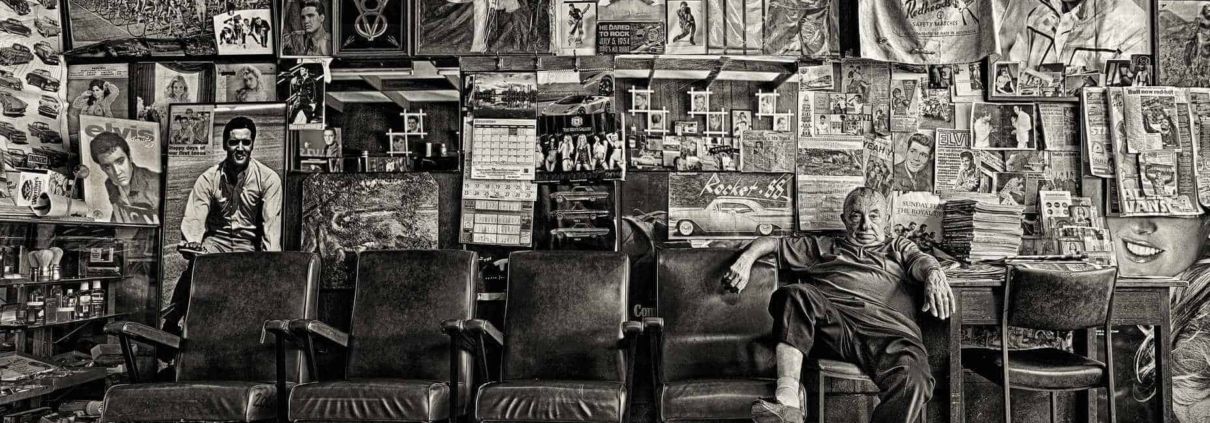 (c) Ilan Wittenberg
(c) Ilan Wittenberg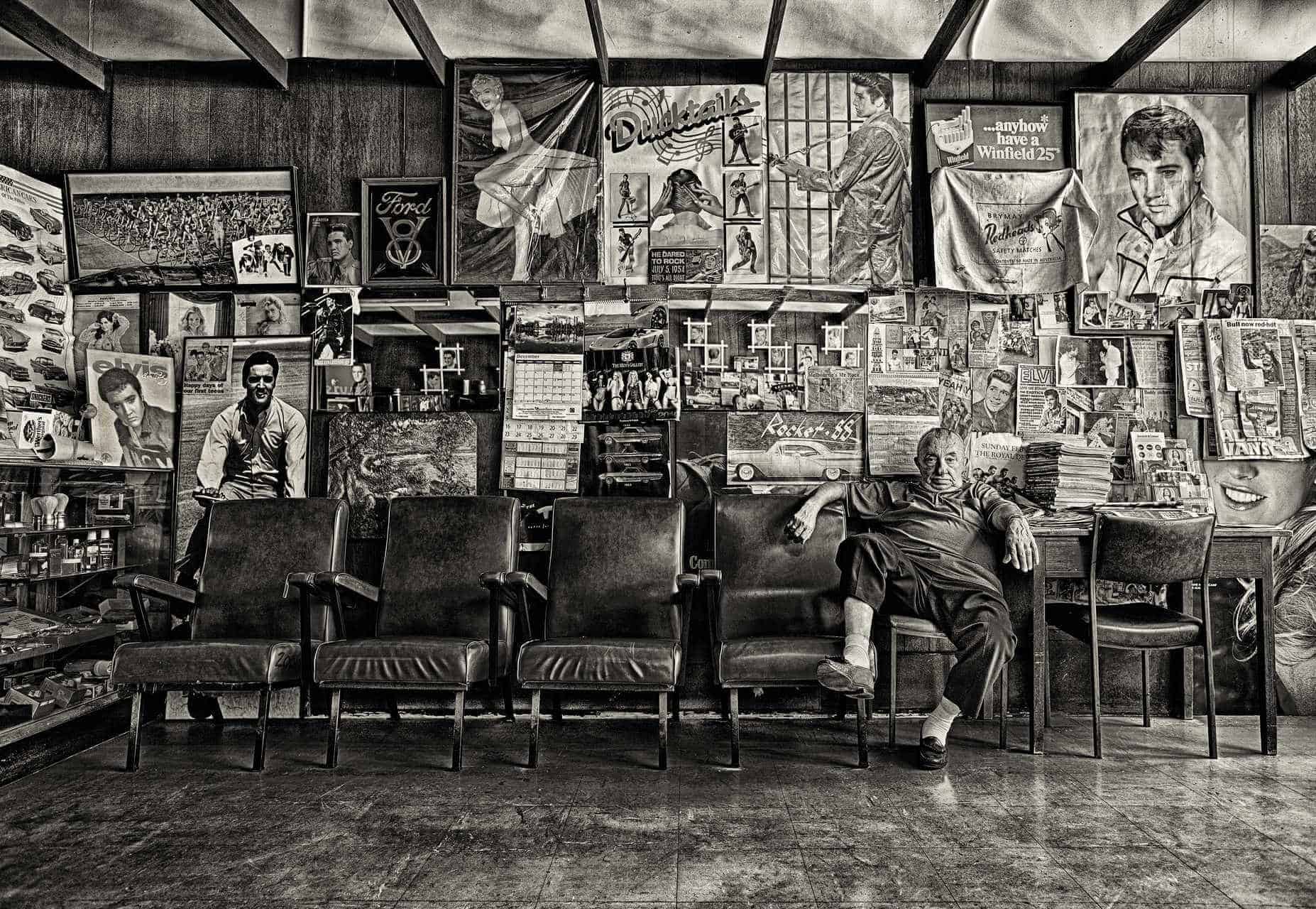
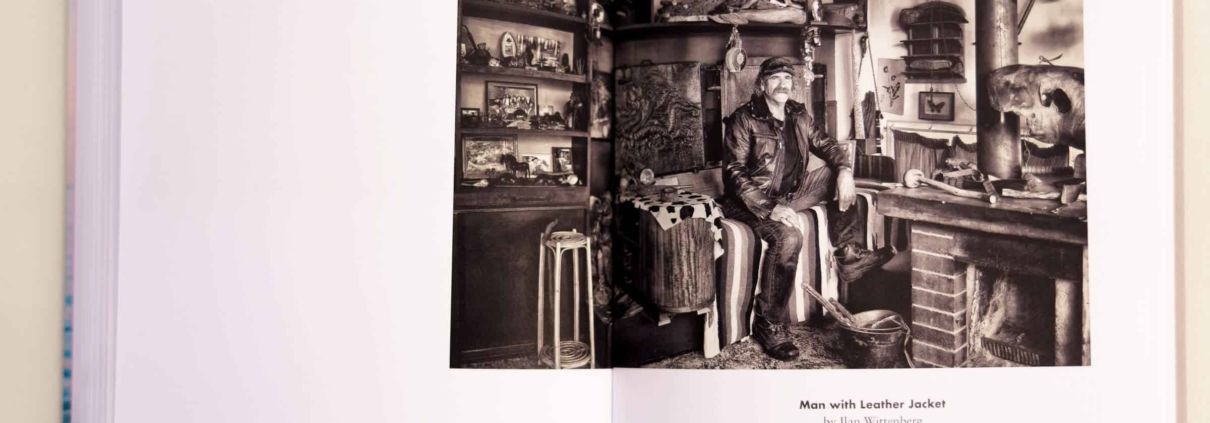 (c) Ilan Wittenberg
(c) Ilan Wittenberg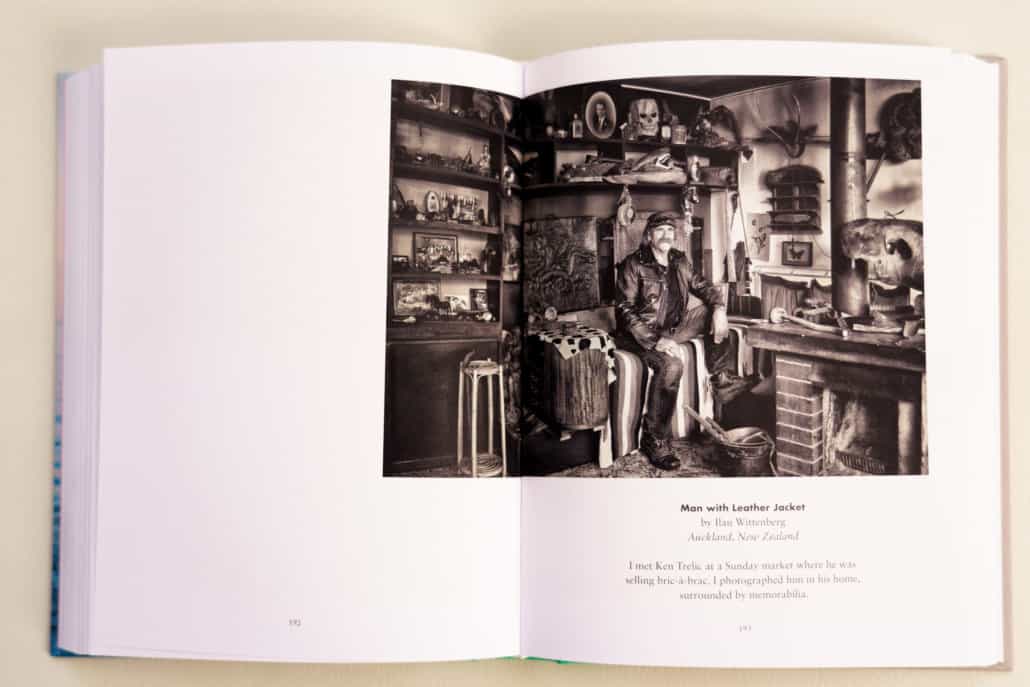
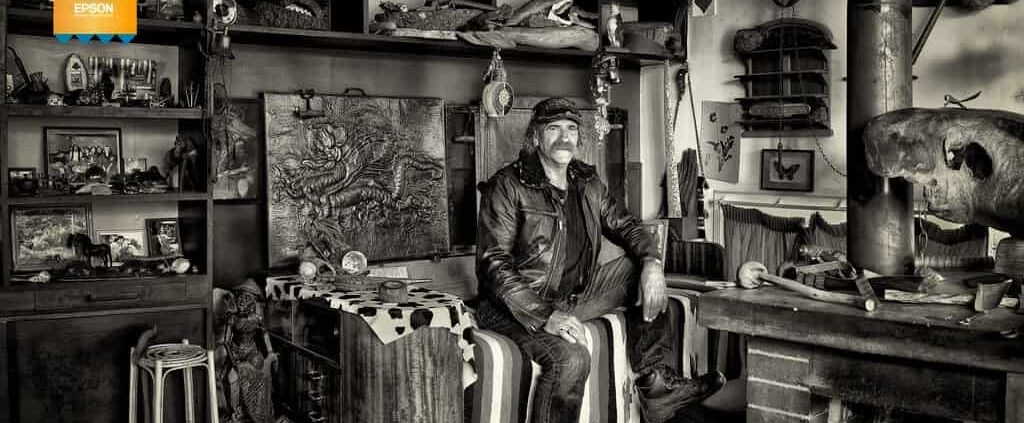 (c) Ilan Wittenberg
(c) Ilan Wittenberg